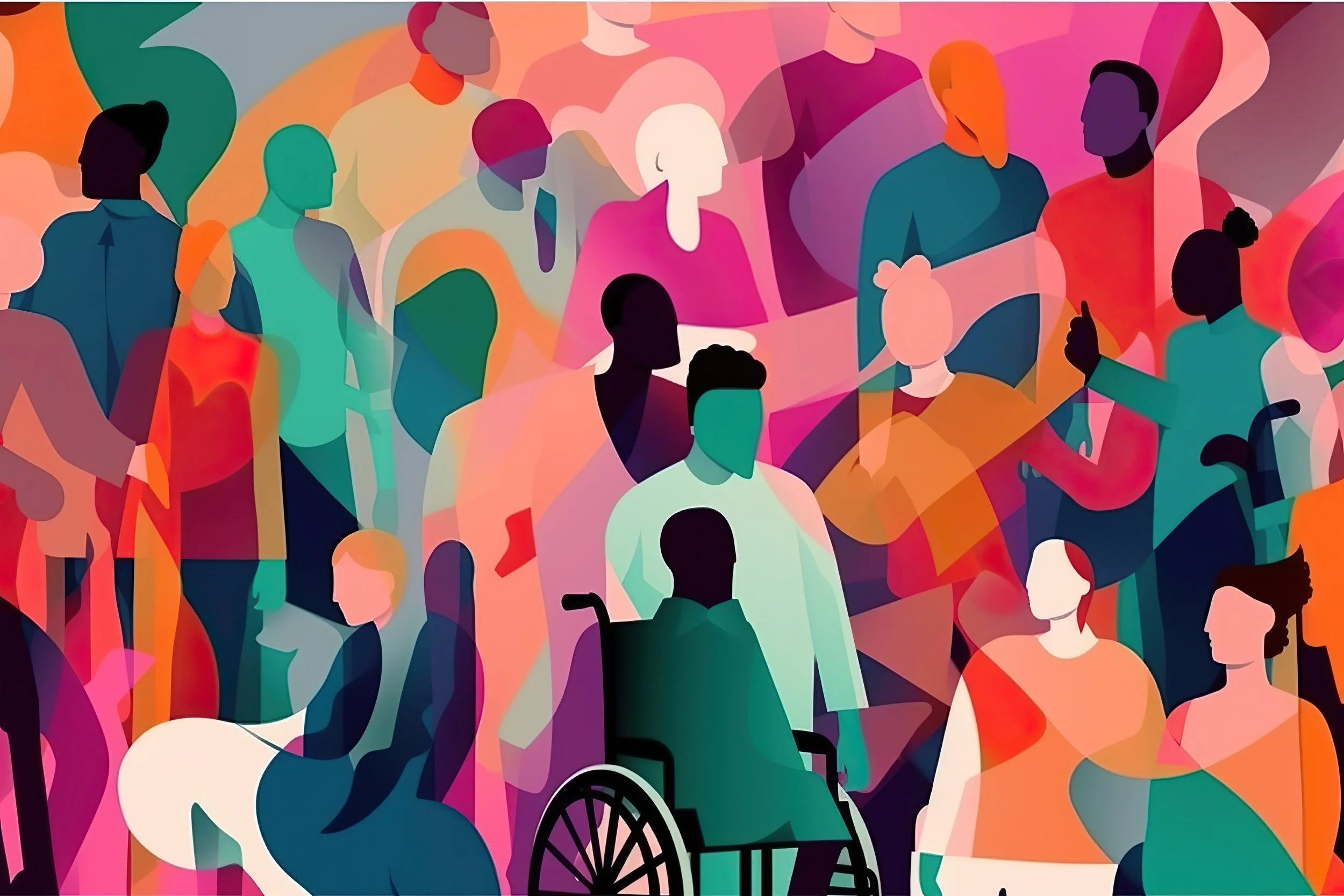Intersectionality
Diversity and Inclusion (D&I) initiatives in companies and organisations have been progressing rapidly in recent years, and one concept that has attracted particular attention is intersectionality. This column explains the meaning of the term, its importance and specific examples of initiatives.
What is intersectionality?
It is a concept that focuses on the experiences, oppression and privilege at the point where different attributes (e.g. gender, race, sexual orientation, disability status) of an individual intersect. It points out that when one person has multiple attributes, the overlap between them creates unique experiences and challenges.
Why is intersectionality important?
Traditional D&I initiatives often focus on a single attribute. For example, supporting women's careers or advocating for LGBTQ+ rights. However, in the real world, these initiatives alone are not enough, as each of us has multiple attributes. By embracing intersectionality, we can address the unique challenges and needs that arise at the intersection of each of our attributes. This allows for true diversity and inclusion.
Initiatives as real-life examples
Examples of examples of intersectionality initiatives in workplaces and companies could include the following.
Recruitment: building a workplace that respects diversity by recruiting people with different attributes, such as race, gender, sexual orientation and disability.
Advertising: promoting awareness-raising throughout society through correct and non-judgmental representation of people with diverse attributes.
Institutional review: introducing or improving systems that reflect consideration for minorities, such as women and LGBTQ+.
Training: raising employee awareness through intersectionality-based training.
In summary, intersectionality is an essential concept for achieving true diversity and inclusion. By embracing this concept, companies and organisations can create a more inclusive environment.

